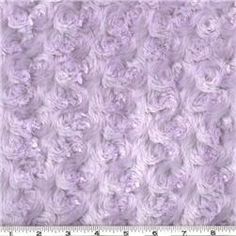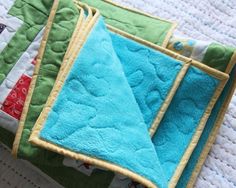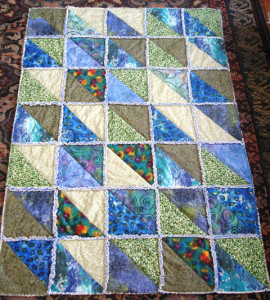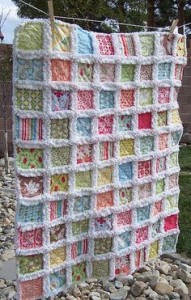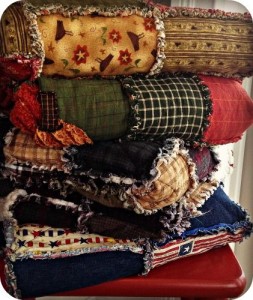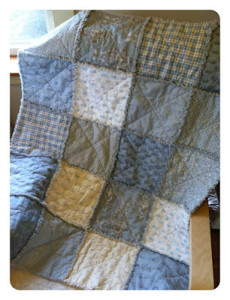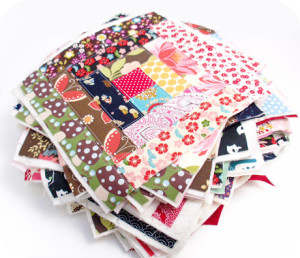Minky fabric also called “Cuddle Cloth” is a kind of fabric that is becoming more and more popular to make bed quilts with because of its super soft and fluffy touch. Minky fabric is also great to use when making baby quilts or even quilts for the living room. However, Minky fabric needs to be handled a little bit different than other fabrics because of its fabric’s super softness. It’s important to take your time cutting and sewing this kind of fabric because it is fragile, and because it can stretch easily due to the super softness of fabric. Here are some tips to help you when making a quilt out of Minky fabric.
Tip # 1
Careful when pinning Minky because it is fragile and pins can damage the fabric. Use only as many pins as you need to hold pieces together. Always cut your pattern pieces and then hold them in place and then use pins while you sew each section together. You can also use freezer paper to help you piece your Minky fabric together while helping provide a more precise and accurate cut.
Tip #2
Invest in a walking foot which will help feed the fabric through evenly. Don’t try and pull your fabric through the feed just simply guide it through.
Tip #3
Once you have finished making you quilt make sure to wash it in cold water with a gentle cycle so that your Minky fabric doesn’t get ruined in the process of cleaning it.
Make sure to share with us your favorite quilts made with Minky fabric as well as any tips or tricks you have found to be helpful on our Quilter’s Thread Mobile App. We want to hear from you. Comments, uploading photos and responding to surveys generate 1 point each. “Liking” 3 things generates 1 point. 10 points gets a free pattern. 40 points gets a free pattern and a cloth shopping bag. 75 points gets a free pattern, a shopping bag and $20 gift card.
Live Well. Quilt Well.
